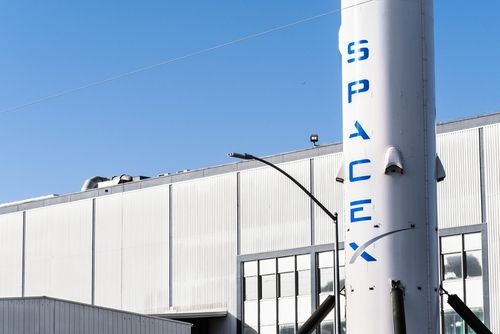BYD stock drops to lowest since February after a 12% year-on-year decline in October sales

The mood around BYD in Hong Kong on Monday felt heavy after the company reported that its October vehicle sales fell 12% from a year earlier to 441,706 units. Its stock also slipped to HK$98.70, the weakest level since early February, and 36% lower than the all-time high reached in late May.
This is the second straight month where BYD lost its position as China’s top-selling auto brand, with SAIC Motor shipping 453,978 vehicles in October.
The decline in sales followed the company’s second consecutive quarterly profit drop last week. Earlier in the year, Chinese regulators acted against excessive price discounting, which had been one of BYD’s main strategies to drive sales volume.
The limits on discounts have now made it harder for the company to defend market share, reduce inventory, and meet shipment targets.
BYD needs strong finish to meet full-year expectations
Even though October was the company’s strongest sales month so far this year, BYD still needs to deliver significantly more vehicles to meet analyst expectations. Analysts project full-year shipments of around 4.6 million units.
As of the end of October, the company has sold 3.7 million vehicles. To reach the target, BYD needs to deliver about 450,000 vehicles each month in November and December. One Shanghai-based auto analyst said, “The final two months will determine whether they hit the mark or fall short. There is not much margin.”
While BYD is dealing with declines, some competitors recorded new highs in October. Geely Automobile, Nio, Xpeng, and Zhejiang Leapmotor all reported record monthly shipments. Xiaomi, which entered the market more recently, also reported strong results. Meanwhile, Li Auto posted its fifth consecutive monthly decline.
Since March, BYD’s Hong Kong-listed shares have performed weaker than many of these peers. The newer competitors are growing from smaller bases, which has helped them post faster percentage gains, while BYD is already operating at a larger scale. A Shenzhen fund manager said, “The competition is not easing. Everyone wants a share.”
BYD’s share performance is now moving more closely with its rival Tesla, whose sales and stock have also struggled this past year, following public political comments from CEO Elon Musk, which affected how some customers viewed the brand.
Investors now see both companies navigating intense price competition, cooling EV demand in key markets, and less room to cut prices without hurting profitability.
BYD remains in the spotlight
BYD began in 1995 as a manufacturer of phone batteries and entered the automotive sector in 2003 by buying a failing state-owned automaker.
A major change came in 2016, when the company hired Wolfgang Egger, a former designer at Audi and Lamborghini, who redesigned the lineup to look more modern while keeping models about 25% cheaper than similar Western offerings.
BYD’s rise also aligned with the Chinese government’s push toward EV adoption, which came with billions of yuan in subsidies that helped BYD expand manufacturing capacity, secure suppliers, and bring plenty of vehicle lines to market.
Today, the company sells vehicles ranging from a 69,800-yuan (about $9,800) hatchback to a 1.7-million-yuan electric sports car, according to its website.
BYD also uses a payment platform known as Dilian (or Dilink in English) to pay suppliers with promissory notes that can be redeemed at later dates. As of press time, the system has issued about 400 billion yuan (roughly $56 billion) worth of notes, said BYD.
In September, BYD’s drop in quarterly profit sent shares falling by 8% and wiped off more than $6 billion from its market value. Then weeks later, news that Warren Buffett’s investment company, Berkshire Hathaway, had offloaded its entire holding of the company (worth about $9 billion just before the divestment started in 2022) caused the automaker’s stock price to drop 7% over three days.
Get up to $30,050 in trading rewards when you join Bybit today






